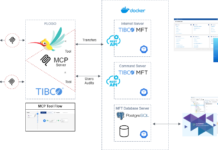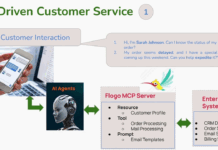
In the last decade, the world population has increased by more than 700 million to reach seven billion today. And by 2050, there will be two billion more people to feed. According to the UN Food and Agriculture Organization (FAO), food insecurity is a major global concern today. With food consumption exceeding the amount grown for six of the past 11 years, countries have run down reserves by more than 30%.
Manage Risk to Increase Food Security
World grain reserves in the United States and other food-exporting countries have gone so low, that severe weather and extended calamities can cripple the food supply chain. Add to this tough scenario, the complexity, risk, and uncertainty inherent in agriculture and commodity supply chains. Managing and mitigating these risks – production, market, macro-economic, regulation – will play a significant role in determining the food security and safety for the billions of our population.
The Integrated Commodity Value Chain

Information technology, the saviour for most challenging problems in the world, makes it easier for food producers and distributors to create tighter integrations between steps in the value chain and manage the inherent risks better. Bunge, a leading agribusiness and food company having presence in 40 countries, did exactly that. Bunge processes and transports tens of millions of tons of commodities every year, operating in a challenging and complex environment where the risk is even bigger. Bunge created a logical progression of activities in the value chain whereby data generated was aggregated and reported in a consistent and accurate manner.
“TIBCO has been transformational for us. It has raised our maturity level on the integration platform side. We’ve been able to develop enterprise applications and also increase the reliability of the existing ones.”
— Altaf Mohammed, Program Manager, Integration Center of Competency
Bunge Global Agribusiness
For a suite of contract management applications, it was necessary to capture and consolidate transaction data from upstream systems in real time and then utilize at downstream systems, enabling accurate reporting of trade positions. With reporting happening at the organizational level, data on global trade positions is aggregated in a risk matrix to provide enterprise-level risk management. Contract data availability was reduced from a day to real time.
For more on our integration strategy, take a look at a sample of our Integration Maturity Model.





